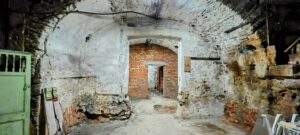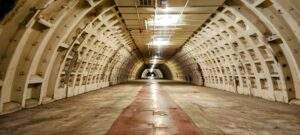Abandoned Dorset: Tyneham Village
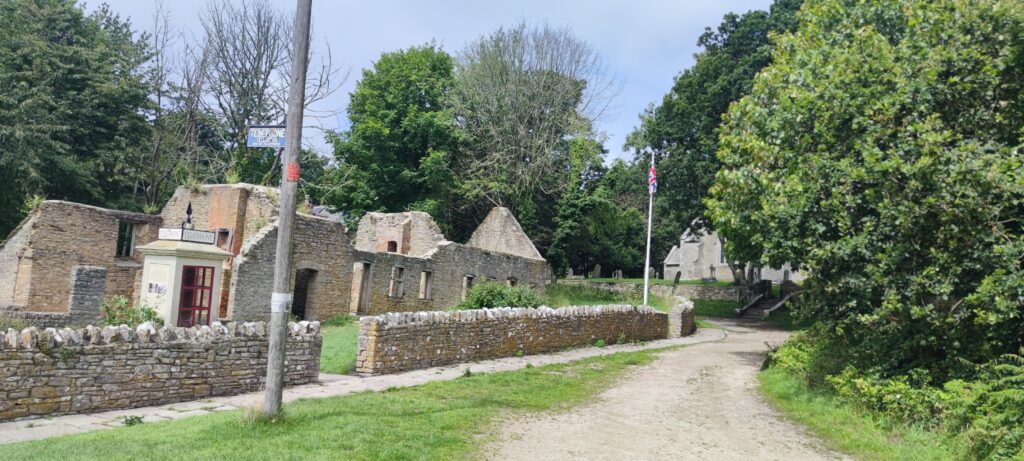
In 1943, when Britain was preparing for D-Day, a place to train 150,000 men to invade France was required. Two villages which were part of the land set aside can still be seen today- ghost villages frozen in time. Imber is located in the Salisbury Plains, and Tyneham in Dorset. They are located 60 miles apart, and both were evacuated just before Christmas 1943. Tyneham, Imber and 7,500 acres of land were needed for the military training of Allied troops, displacing 225 residents. Today Tyneham still remains part of the Armoured Fighting Vehicles Gunnery School. The village and surrounding areas are owned by the Ministry of Defence and visiting is restricted to specific times.
History
There is evidence that Tyneham and the surrounding areas were occupied from the Iron Age. There are more than 30 barrows (burial grounds) in the area. Unfortunately most of these barrows have been damaged by shelling. There is also proof of Roman occupation around Tyneham, with evidence of salt-boiling and shale-turning in the surrounding areas.
Tyneham is listed in the Domesday Book, when William the Conqueror surveyed his new land in 1086. It was listed as ‘Tigeham’ which means goat enclosure, and had 23 households at the time. Tyneham had 4 owners listed in the Domesday Book. One of these is of note- Robert, the Count of Mortain, who was the half-brother of King William.
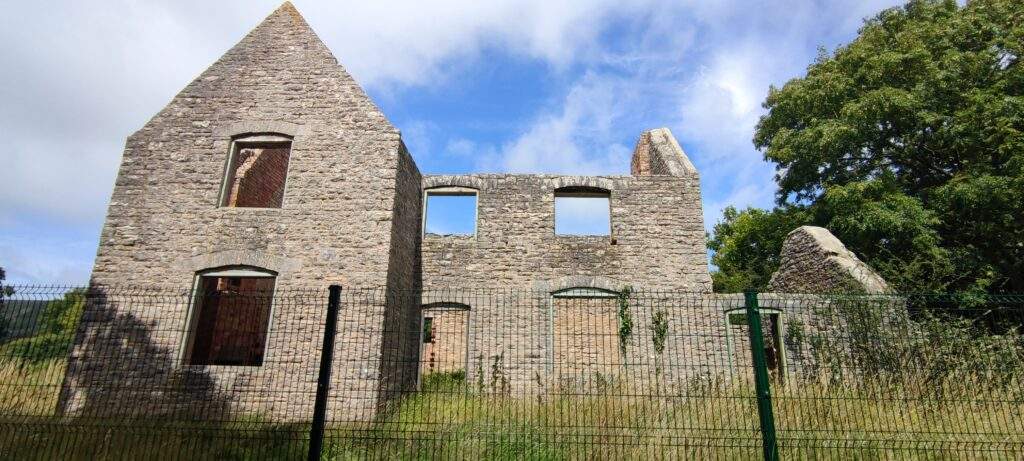
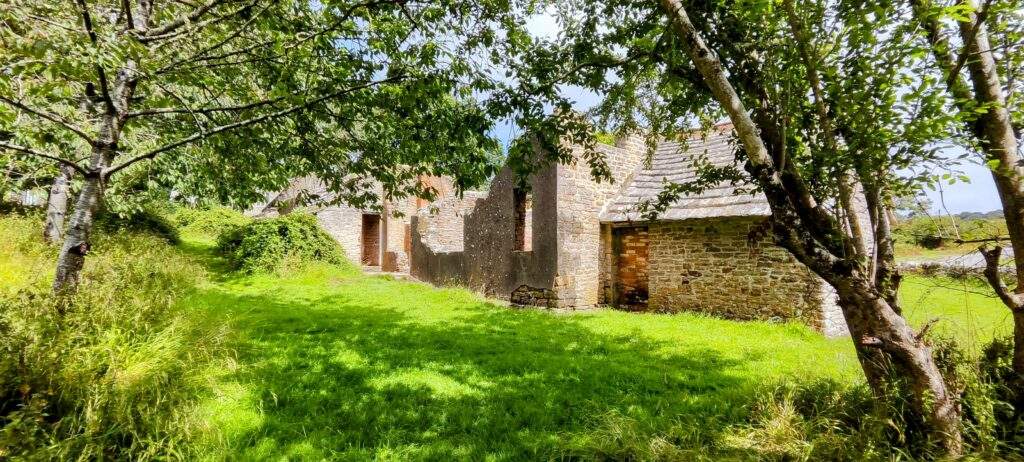
The villagers were given 28 days notice to leave their homes behind. For the majority Tyneham was the only home they had known and their families had lived there for generations. The residents believed their displacement was a temporary measure and stayed with friends and family for the rest of the war. Winston Churchill even promised to allow villagers to return ‘after the emergency’. However in 1948 the army placed a compulsory purchase order on the land due to increasing fears of the Cold War. It was decided that defence needed to be prioritised and the villagers could not return to live there. In 1961, the road and paths were closed and access to the village was shut.
The Post Office
In 1929 Tyneham gained its first public telephone box. It was a K1 which was Britain’s first standard telephone box, made from reinforced concrete with a wooden door. It was located outside the post office in The Row. Unfortunately the original box was destroyed by a film crew for The Comrades in 1985. The crew bought a replacement which can still be seen in the original location, it is one of only 5 of its kind.
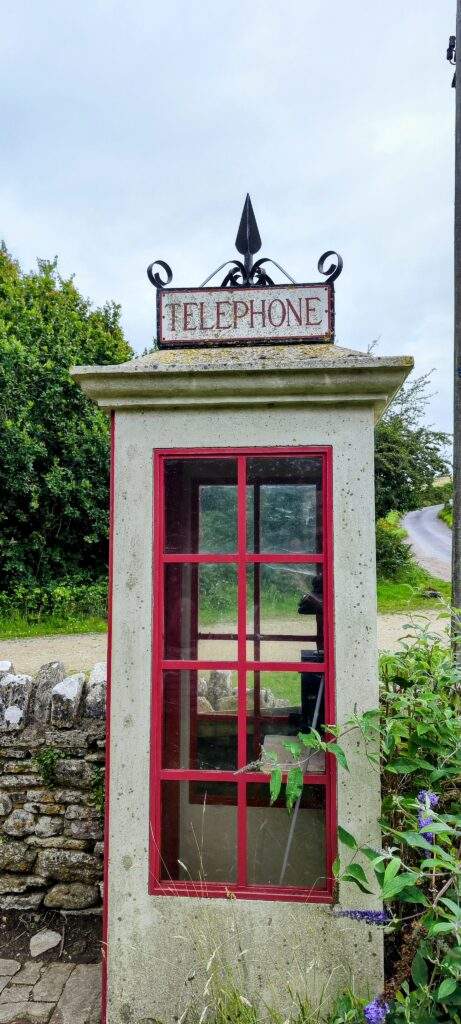

The Row is a line of four terrace houses- the first buildings you come across during your visit. At number 3 was the village shop and from 1890 the post office as well. Lilian Bond, a resident, reported that “three customers at a time produced a traffic jam, when the counter was piled high with parcels waiting for the postman, the postmistress was scarcely visible behind the rampart”. The remains of the building show that there were only two small rooms downstairs which consisted of the main shop and a kitchen behind where the postmistress could receive private telegrams for the villagers.
However, Lilian revealed that “The substance of incoming telegrams was often known all round the village before they reached their lawful destination”. This was due to the postmistress during 1905-1910- Mrs Pitman’s voice could be heard repeating the telegrams from the shop.
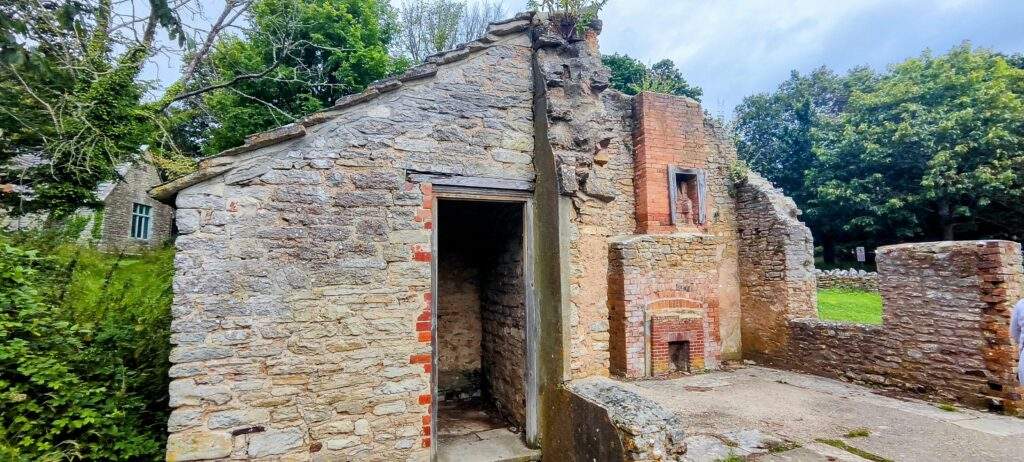

Tyneham School
At the top end of The Row, closest to the church, is the school house. Just around the corner is Tyneham School which was built in 1856 to house 60 local children. According to the teacher’s log book, attendance was impacted by poor weather, flu and other diseases. During harvesting children were at home helping their families, rather than at school. The school taught children from age 4-14. The younger children sat at the front behind the curtain and students were expected to be silent and saluted the Union Flag on their way in.
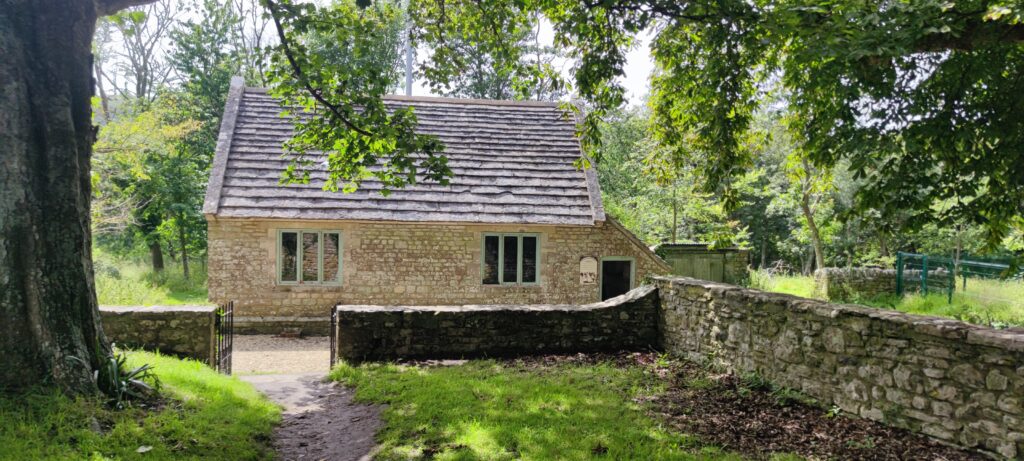

Unfortunately after the closing of the Worbarrow Coastguard Station in 1912 nearly half of the pupils left and relocated. After this, numbers dwindled and it was not viable to keep the school running. It closed its doors in 1932 and the 9 students were then bussed to Corfe Castle School. Afterwards, the building was used as the village hall.
Today, the school has been restored to create an exhibition on 1920s schooling at Tyneham. At the desks with inkwells are pieces of writing on local nature. Visitors can see the curtain which separated younger students and read the names of the pupils who once attended the school on the coat pegs.

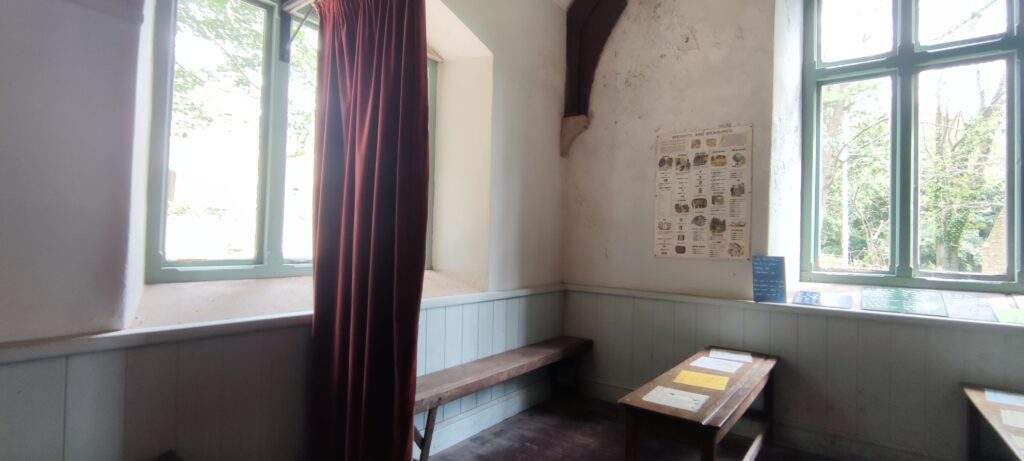
Visiting today
The village is open at weekends and throughout August however check the Government website beforehand as this can change. There is a car park and toilet facilities which makes visiting fairly simple. The majority of buildings have been severely damaged since being abandoned in 1943. Over the years more and more buildings have been cordoned off, but you can still see them and learn about them.
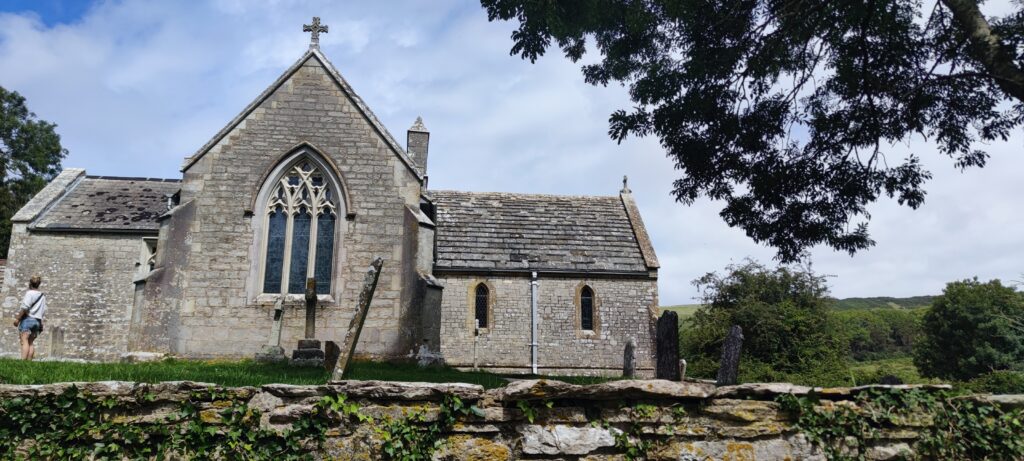
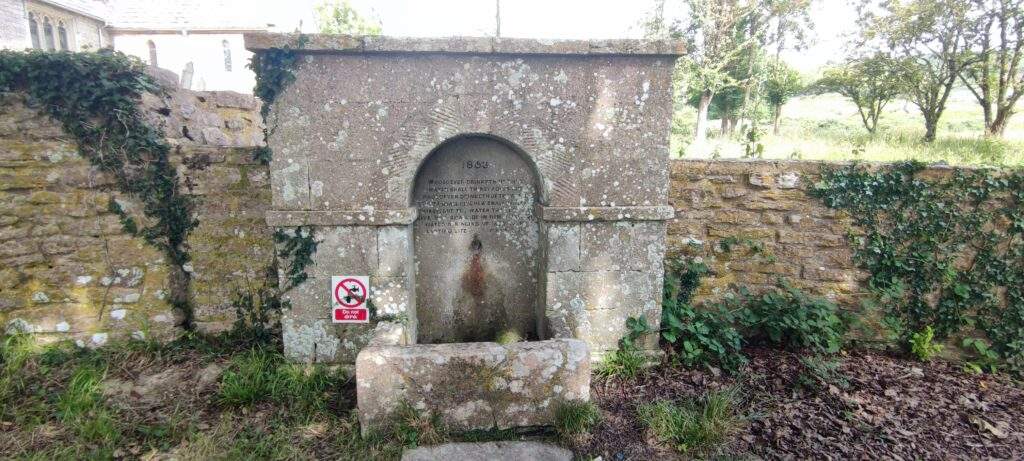
The Church at the centre of the village alongside the school and drinking fountain were all given Grade II listed status in 2020. The Church is full of information about the lives of the people who lived in the village during the 20th Century. The surnames of all members are preserved in the church and family photographs plaster the walls. When the villagers moved out one placed the following note on the door of the church.
“Please treat the church and houses with care; we have given up our homes where many of us lived for generations to help win the war to keep men free. We shall return one day and thank you for treating the village kindly”.
If it had not been acquisitioned by the government Tyneham would be an idyllic holiday destination but visitors today travel here to step back to a space frozen in time. A mile away from Tyneham is Worbarrow Bay and a secluded beach for visitors to the village to enjoy.


Last Updated on 8 August 2023 by Michael


